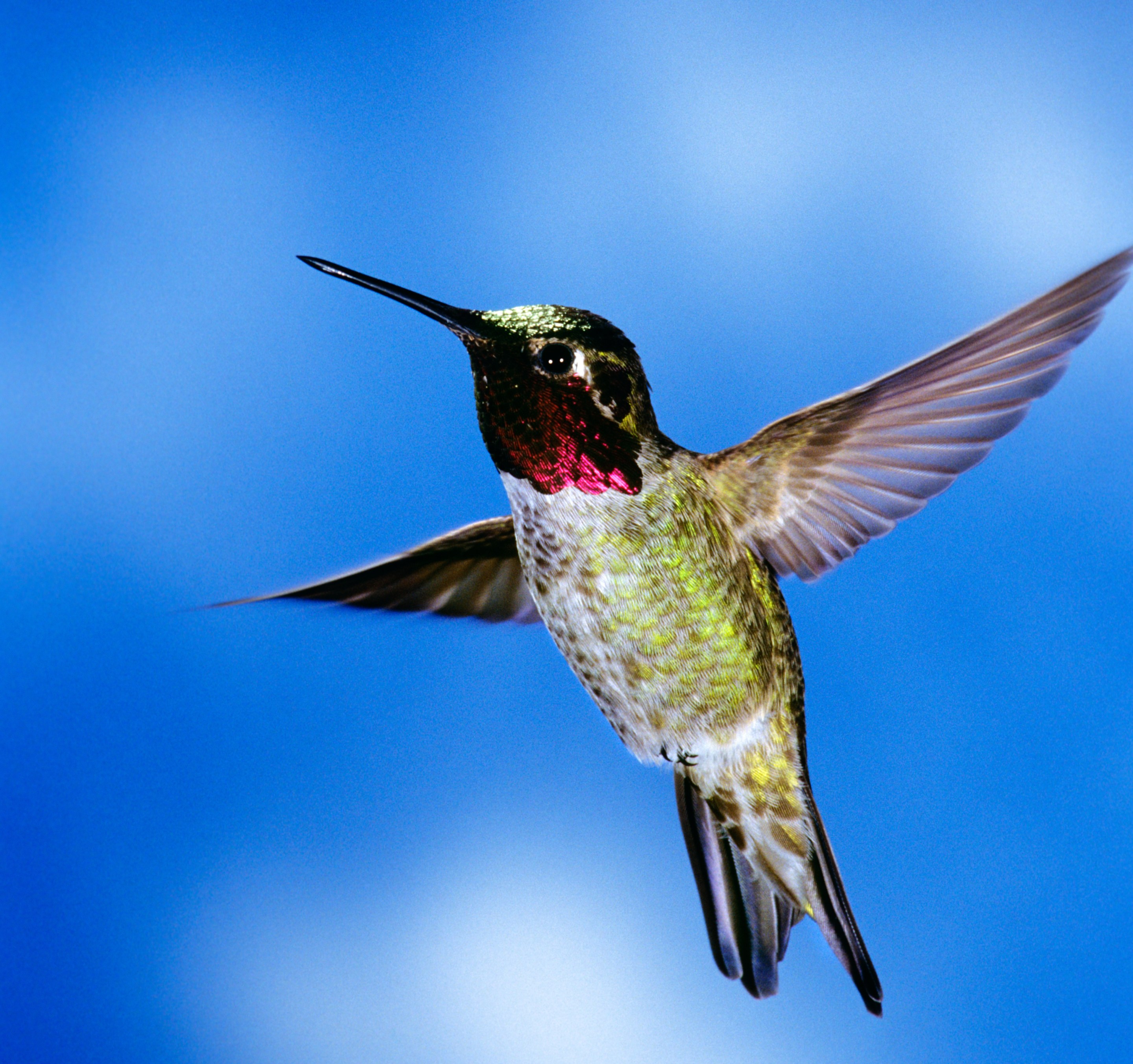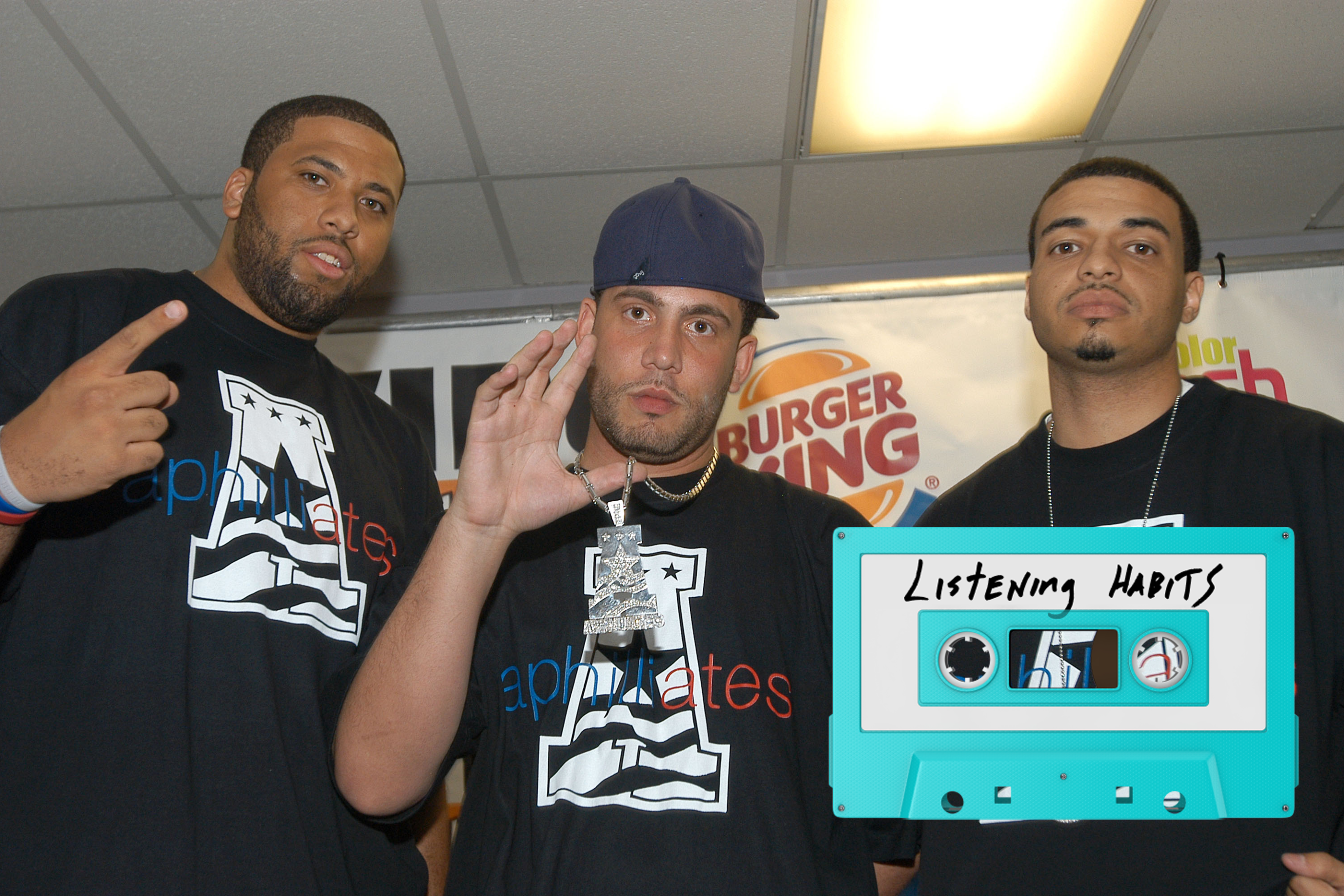LAS VEGAS — For as long as I can remember, I have felt drawn to creatures often described as uncharismatic: deep-sea fish; an ugly bunch of bugs; maggots with faces on their butts; any creature with "blob" in its name. As I've grown older, this interest has felt increasingly moral, as these creatures are less likely to bask in the glow of a spotlight in conservation with the power to lift a species out of the trenches of endangerment, or even extinction. But sometimes I'll see a, let's say, conventionally adorable animal that makes me forget all these weirdos, at least for a moment, and think: Whoa. Now there's a cutie patootie.
Last week, I experienced one of these rare moments of awe while appreciating in the biodiversity of Las Vegas, a city that, for all its illuminated turrets and spheres, borders some of the most beautiful nature I've seen. I was walking with a few friends in their neighborhood park, which snaked through a miniature valley of desert scrub. At first, it seemed like we were the only ones here. But the longer we walked, the more creatures emerged. We were mooned by sandy-colored desert cottontails foraging right before dusk. We were menaced by a small, striped rodent I would later identify as a male white-tailed antelope squirrel who sported two impressively pendulous balls below his wee little tail. We watched Gambel's quails scuttling from the shadows of one bush to another, their black plumes bobbing with every step. I recently got a pair of binoculars, and I watched each of these creatures go about their afternoon with much delight.
But only on our walk back did we see the hummingbirds. They were so small that we might have missed them entirely if one hadn't zipped through the blue sky and settled in the bristled crown of a leafless tree. It was so small that it almost resembled a single leaf, the last to fall. It was only distinguishable as a bird because of its needle-like beak, which turned from side to side as the bird scanned its surroundings. Once I looked through my binoculars, I saw the bird in all its gleaming radiance, a bird that could best be described as "preciously puny," or perhaps "exquisitely tiny," or even "brilliantly lilliputian."
As we continued down the trail, necks craned toward the sky, we kept spotting single hummingbirds perched atop the naked trees. Some of them opened their slender beaks to shriek, producing a series of squeaky buzzes that may have sounded intimidating to other hummingbirds, but, to me, was irresistibly cute. What a tiny song for a tiny bird! Occasionally, when the birds turned their beaks toward the sky, their color around their throats erupted like a violet flame. This, too, pleased me greatly.
I wasn't sure why I was so stupefied by the hummingbirds. I had always liked hummingbirds—who doesn't?—and had seen them before, flitting from flower to flower, wings blurred like iridescent pinwheels. Was it because of the overwhelm of horror and dread that has seeped into daily life recently? Was it simply because they were so freaking cute? Perhaps it was their abundance. Although the first hummingbird sighting felt like serendipity, dozens of hummingbirds made me feel spoiled with riches. There was a too-muchness, as if someone had dumped a bagful of glittering sapphires into my hands. I only wanted to look at one at a time.
As the sun dwindled in the sky and we left the park, I thought about an essay that I love, Brian Doyle's "Joyas Voladoras," which I first read in college and have returned to in many moments of quiet desperation. In the span of the small essay—its length befitting its subject—Doyle considers the hummingbird's heart, an organ the size of a pencil eraser that beats 10 times a second. Such an organ comes at a price, he explains:
"The price of their ambition is a life closer to death; they suffer more heart attacks and aneurysms and ruptures than any other living creature. It’s expensive to fly. You burn out. You fry the machine. You melt the engine. Every creature on earth has approximately two billion heartbeats to spend in a lifetime. You can spend them slowly, like a tortoise and live to be two hundred years old, or you can spend them fast, like a hummingbird, and live to be two years old."
It is a cliche, and also extremely frowned upon in science writing, to call an animal a miracle. But if any creature could live up to the title, would it not be the hummingbird? An impossibly miniature jewel pulsing with life, with heart, with song. It is almost less a bird than a bug, a creature so small and quick you can never take it all in. Instead you settle for glimpses, flashes of a life so vibrant and a heart beating so terribly fast that all you can do is orbit around its edges.

I later learned the birds I saw were Anna's hummingbirds, which were named after some French duchess? I don't know her. A single Anna's hummingbird weighs about as much as a quarter. A quarter! The species lives along the Pacific Coast, as far north as Alaska. Alaska! A hummingbird in Alaska! If I saw something like that I would be convinced I was in thrall to a pre-death hallucination in my final throes of hypothermia. But it's all true.
I learned that Anna's hummingbirds are the only singing hummingbird found in the United States. So the birds I saw shrieking were all males, turning their heads side to side to flash their fiery throats to any females nearby. They feed on nectar from currants, gooseberries, manzanitas, and eucalyptus. They hunt minuscule insects like midges. They drink from the honeyed sap that leaks from trees. Their heart beats and beats and beats. A small wonder of a life.
I have no control over my own heartbeats. My heart pulses at the rate it will until it stops. This is fine to me, I suppose, as I have nothing to compare it to. I have not made some great evolutionary exchange for something as wondrous as a hummingbird's flight or a tortoise's centuries. But I am lucky enough to, on occasion, spend my heartbeats with them and feel certain that this is one of the best uses of my time on Earth.






